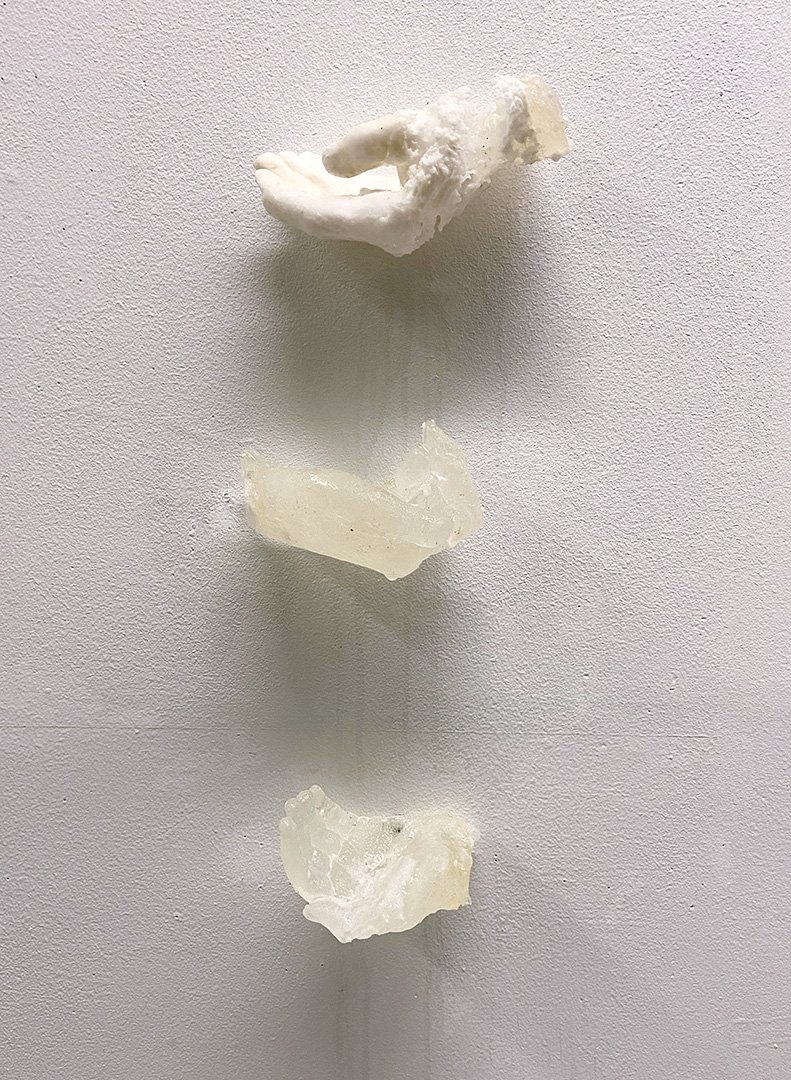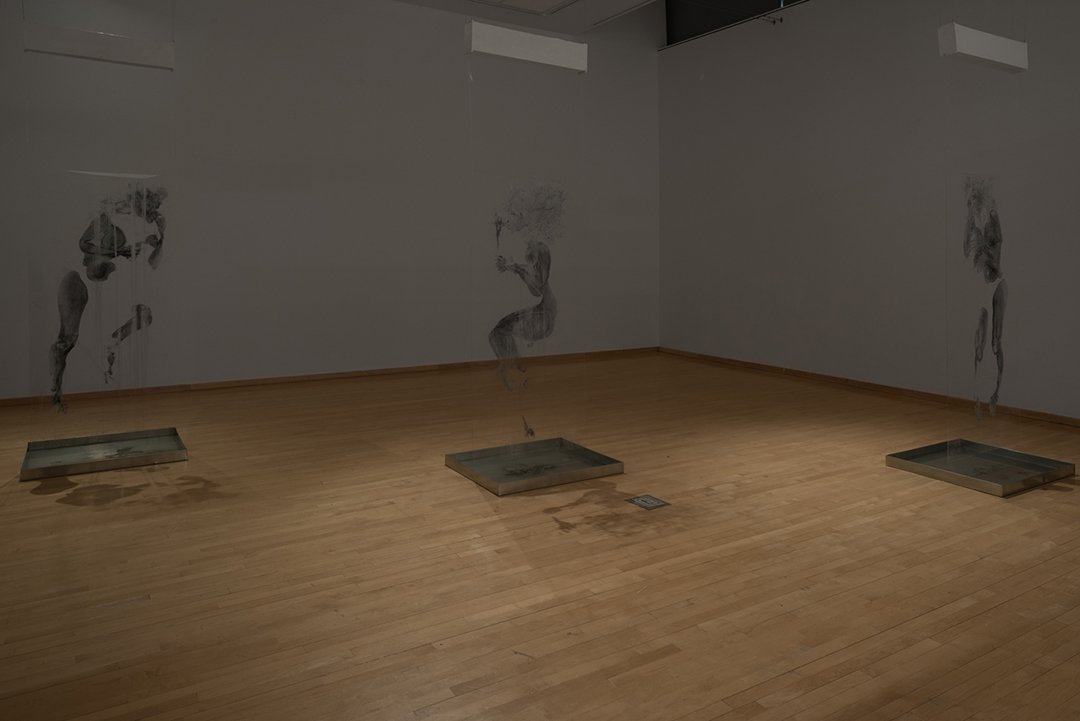DVAA Member since 2022
Kaitlin Santoro
Artist Website:
About:
Kaitlin Santoro is an interdisciplinary artist based in Philadelphia, PA. Working across photography, video, glass, and printmaking, her work explores time, impermanence, loss, and generational trauma caused by cognitive impairment with a recent focus on dementia. She creates work that slowly breaks down and shifts, documenting the process and the aftermath to illustrate the fragility of memory over time. Santoro pushes the traditional boundaries of lens based, print, and glass mediums by using incompatible materials, intentionally breaking, or working with fugitive materials.
Santoro’s work has been exhibited nationally and was most recently included in exhibitions at the International Center of Photography and in the 2021 New Prints Exhibition at the International Print Center of New York. She has attended residencies at the Manhattan Graphics Center, Pilchuck Glass School, and Oxbow School of Art. She received her BFA from the University of Connecticut, and her MFA from the Tyler School of Art and Architecture where she received a Teaching Assistantship and received two Dean’s Grants for student research. In addition to her studio practice, she teaches at the Tyler School of Art and Architecture in Philadelphia and the City University of New York.
Artist Statement:
“My work is about loss, impermanence, and memory.
My experiences with loss have ranged from swift, unforeseen deaths to slow, generational trauma that arises from witnessing family members succumb to dementia. I am interested in how time affects memory and what happens when one’s recollections shift or are lost. The brain remembers the memory of events versus the actual event which causes variations in recollection, not just between people but how we recall the same event at different points in our life.
Using a broad range of materials and techniques that show age or break down over time – like water that evaporates, distortion lenses, and incompatible materials – my work shows the fragility of time and the fleeting nature of one’s life. The use of the photographic medium is at the heart of my practice, as I am fascinated by what remains and lives on after one is lost. I am compelled to explore how we impact those around us and our environment and the inevitable absence that will one day occur.”


